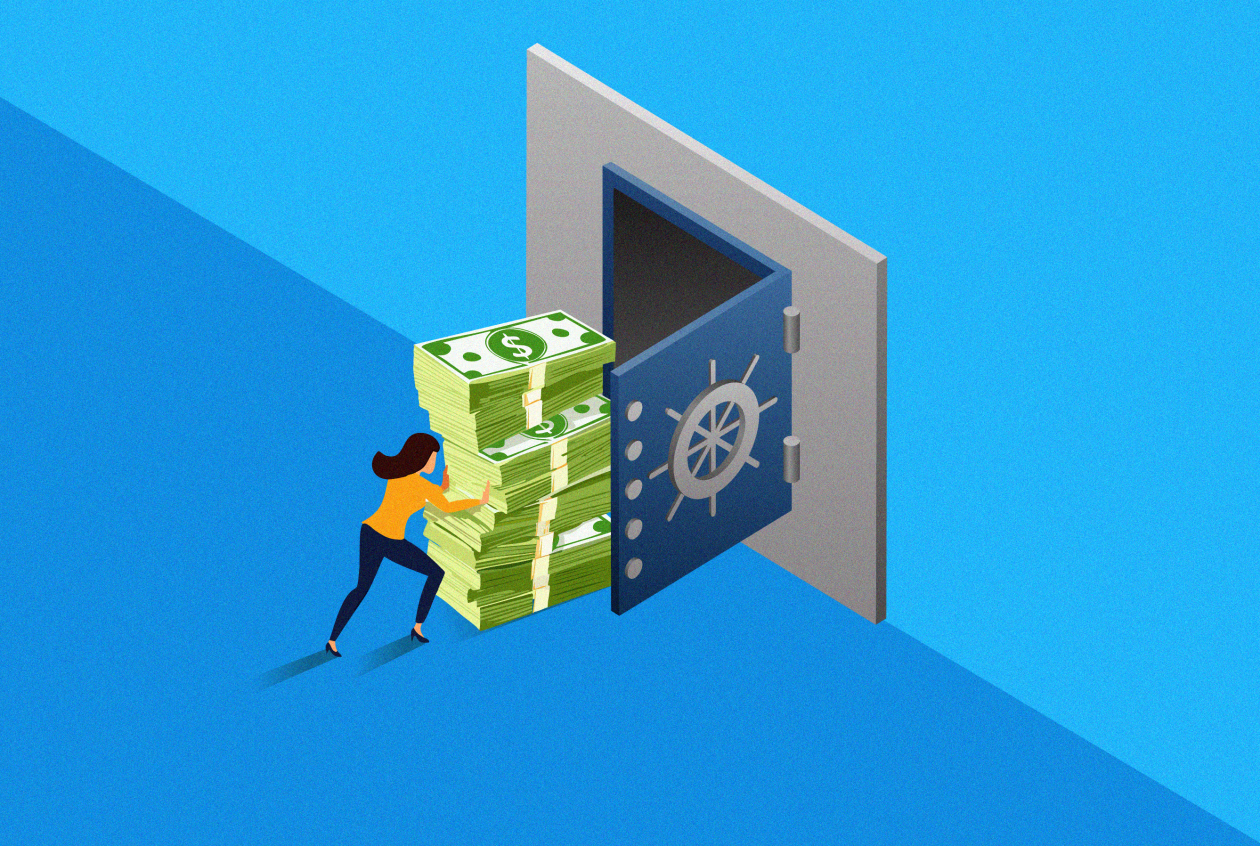Why "Revenge Saving" Is the Trend No One Saw Coming
Remember when lockdowns lifted and people started blowing their savings on flights, gadgets, and every experience they’d missed out on? That post-pandemic wave of "revenge spending" was hard to miss. But in 2025, the tide has turned—and fast.
Now, there's a new trend quietly sweeping across the country: revenge saving. And it's more than a catchy term—it’s a real shift in how Americans are handling their money.
From FOMO to Financial Focus
The urgency to spend has been replaced by a growing desire to protect and prepare. Whether it’s the threat of steep tariffs, rising inflation, or layoffs looming in the headlines, Americans are starting to save like never before.
Between January and April 2025, the U.S. personal savings rate climbed from 4.1% to 4.9%—a meaningful increase in just a few months. More telling, even high-income households are slashing travel plans and trimming luxuries.
And it’s not just about being frugal—it’s about fear. CEO confidence saw its worst drop in 50 years this spring. Unemployment spells are dragging longer. Inflation still bites at grocery store shelves. And tariffs? They’re making everything from electronics to furniture more expensive by the month.
Economic Jitters Are Fueling the Shift
In short, people are worried—and they’re reacting by padding their savings accounts. A Santander survey in May found that 37% of Americans had started saving more, with the number climbing to 44% among those earning $125,000 or more.
Gen Z is leaning in hardest. A survey from Intuit Inc. revealed that 59% of 18- to 25-year-olds now list having emergency savings as a top financial priority. The vibe has clearly shifted: financial stability is the new splurge.
Even with interest rates on savings accounts hovering around 4%, many people still don’t know the best place to park their cash. Shockingly, 70% of Americans told Santander they had no idea that high-yield savings accounts even existed—despite offering returns up to 10 times the national average.
How to Start Saving With Purpose
Revenge saving doesn’t mean shutting your wallet and hiding from the world. It’s about being deliberate with your money and building habits that hold up—even when the economy doesn’t.
Here are a few easy ways to begin:
-
Automate your savings. Start by increasing your savings rate by just 1% more than your current level (even if that’s zero). Add another 1% every six to 12 months. It’s painless, and over time, it adds up.
-
Challenge yourself. Try a “no-buy” month, wait 24 hours before any non-essential purchase, or apply the “one in, one out” rule—donate something old for everything new you buy.
-
Create separate goal funds. Don’t just lump everything into one pot. Make distinct buckets for emergencies, vacations, and big purchases like a car or home deposit. It’ll help you resist the urge to tap into your emergency fund prematurely.
-
Audit your subscriptions. According to a CNET survey in May, more than 60% of Americans are reconsidering their streaming and software subscriptions. A whopping 26% have already canceled one, and the average person spends $17/month on subscriptions they don’t even use. That’s $200+ a year you could reroute into your rainy-day fund.
If all that feels overwhelming, start small. Saving is less about cutting every luxury and more about building momentum.
🔍 Curious how celebrity estates are managed? Don’t miss our deep dive into Paris Jackson’s $150M net worth and complex inheritance from her father, Michael Jackson.
People Also Ask
What is "revenge saving"?
It’s the financial flip of revenge spending. Instead of making up for lost time with splurges, people are aggressively saving in response to economic stress, higher prices, and fear of financial instability.
Should I be saving more than investing in 2025?
Probably. With high inflation and market volatility, having cash on hand is a top priority. Experts still recommend investing for long-term goals, but emergency funds should be kept in safer, liquid accounts—like FDIC-insured high-yield savings accounts.
How much should I save for emergencies?
Most advisors suggest six to 12 months’ worth of essential expenses. But don’t let that number scare you. Start with one month, then build up as you can. Even having $1,000 set aside puts you ahead of many.
What tools make saving easier?
Automated transfers, goal-based savings accounts, and budgeting apps can make a world of difference. Look for apps that track unused subscriptions, round up spare change, or let you assign nicknames to specific funds to stay motivated.
Related Article: Markets Find Cautious Optimism as Tariff Deadline Gets a Last-Minute Extension
Final Thoughts
The shift from spending to saving tells us something powerful: Americans are waking up to the importance of financial resilience. In uncertain times, a little money set aside can make all the difference between panic and peace of mind.
You don’t need to be perfect, or rich, or even particularly disciplined to start. Just begin. Save a little. Learn a little. Stick with it.
Because in today’s economy, a solid emergency fund isn’t just smart—it’s freedom.














